
Left: Traditional Fox, Middle: Variation Fox, Right: Two-Tone Fox
This traditional origami fox can be made quite beautiful with just a few modifications. Combined with the correct color of paper, it is quite handsome!
Shown above are 3 versions of the origami fox. The yellow fox is truly the traditional origami fox. It is quite simple and looks a bit blocky. The blue fox is a little more elegant with the V-shaped chest. Because of the angle, the ears look better too. The red fox is even more elegant with the color change at the front of the chest. Interestingly, you can achieve these variations with one or two folds of the paper.
Choose a fox and let’s start folding!
Instructions for the Traditional Origami Fox
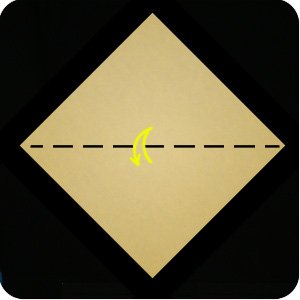 |
 |
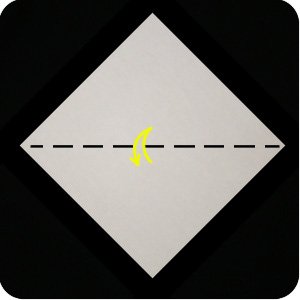 |
|
Start with a square sheet of paper and position it in “diamond” orientation (balanced on one of its corners). Fold the paper in half (bottom to top). Unfold. If you are using origami paper, then place the white-side facing up. For the two-color traditional fox, you need use paper that is a different color on the two side. |
||
 |
 |
 |
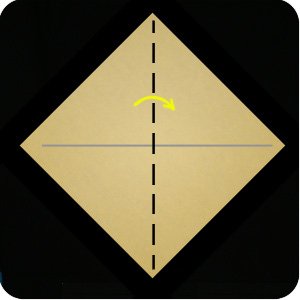 |
 |
 |
| Fold the paper in half (left to right). | ||
 |
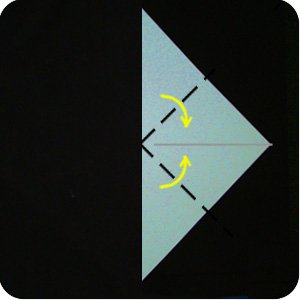 |
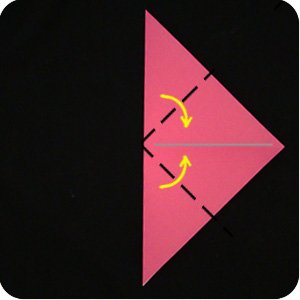 |
| Fold the top-corner and the bottom-corner towards the right and allow the edges to meet at the middle. | ||
 |
 |
 |
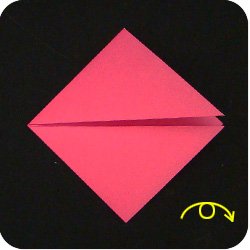 |
||
| For the two-color fox, turn the model over. | ||
 |
 |
 |
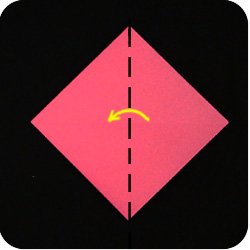 |
||
| Fold one layer of paper from the right towards the left. This exposes the white side of the paper and will give the fox the second color. | ||
 |
 |
 |
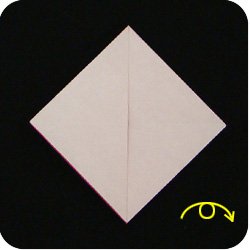 |
||
| Turn the model over and proceed in the similar manner as with the other two foxes. | ||
 |
 |
 |
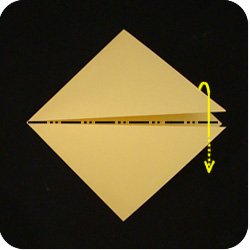 |
 |
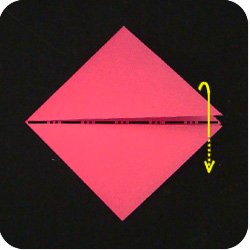 |
| Mountain fold the model in half (fold the top part back and behind). | ||
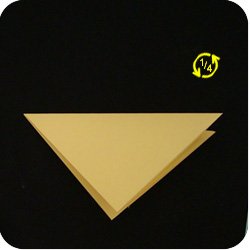 |
 |
 |
| Rotate the model a quarter turn counter-clockwise. | ||
 |
 |
 |
 |
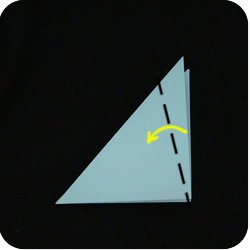 |
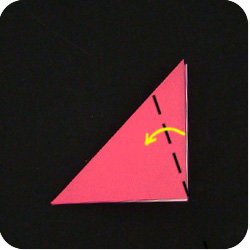 |
|
Fold the right edge of the model towards the left. For the traditional (yellow) fox, make the fold straight, about 1/4 of the way from the edge. For the variation fox and the two-tone fox, make the fold at an angle so it tapers from the wide head to the narrow feet. |
||
 |
 |
 |
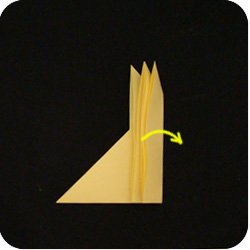 |
 |
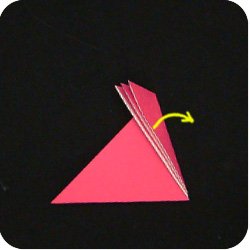 |
| Fold this flap back towards the right but only fold half the layers of paper back. Basically, you spread open the layers of paper. | ||
 |
 |
 |
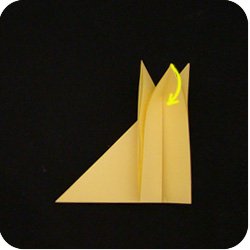 |
 |
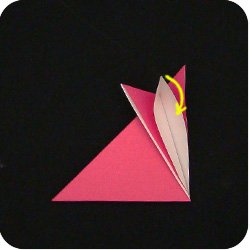 |
| Fold down the tip of the paper so it becomes the snout of the fox. | ||
 |
 |
 |
 |
 |
 |
| Fold in the left side of the model. This will be the tail. This fold will also make it so the model can stand upright. | ||
 |
 |
 |
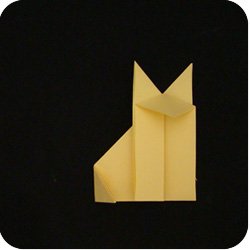 |
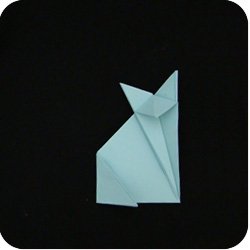 |
 |
| The traditional origami fox is pretty much done. You can keep it flat, or you can stand it upright. | ||
 |
 |
 |
 |
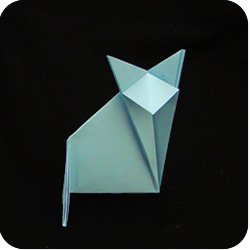 |
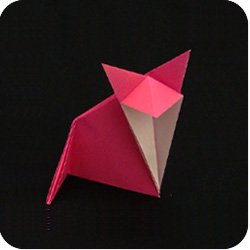
|
| Which is more pretty? | ||

Watch video: